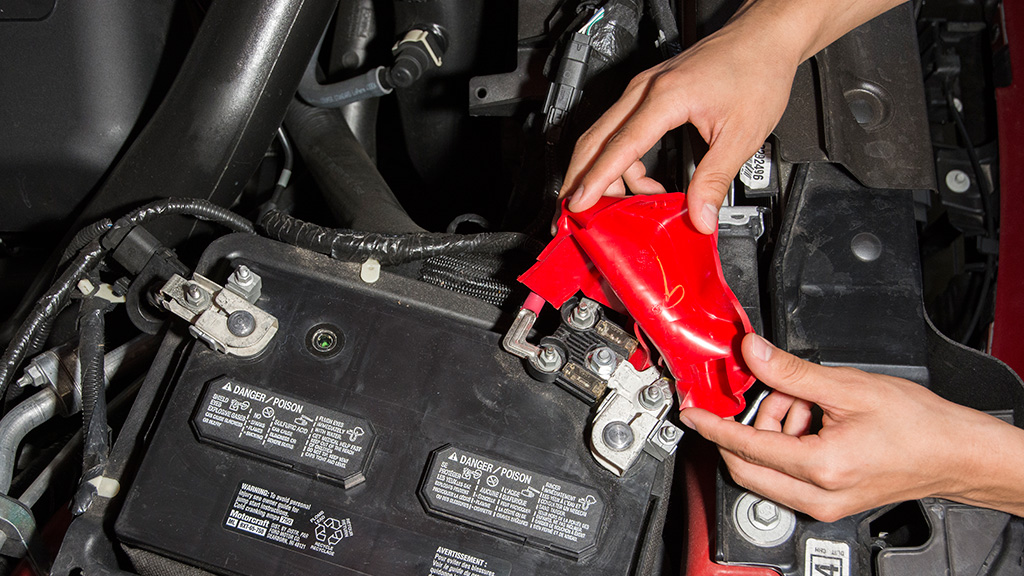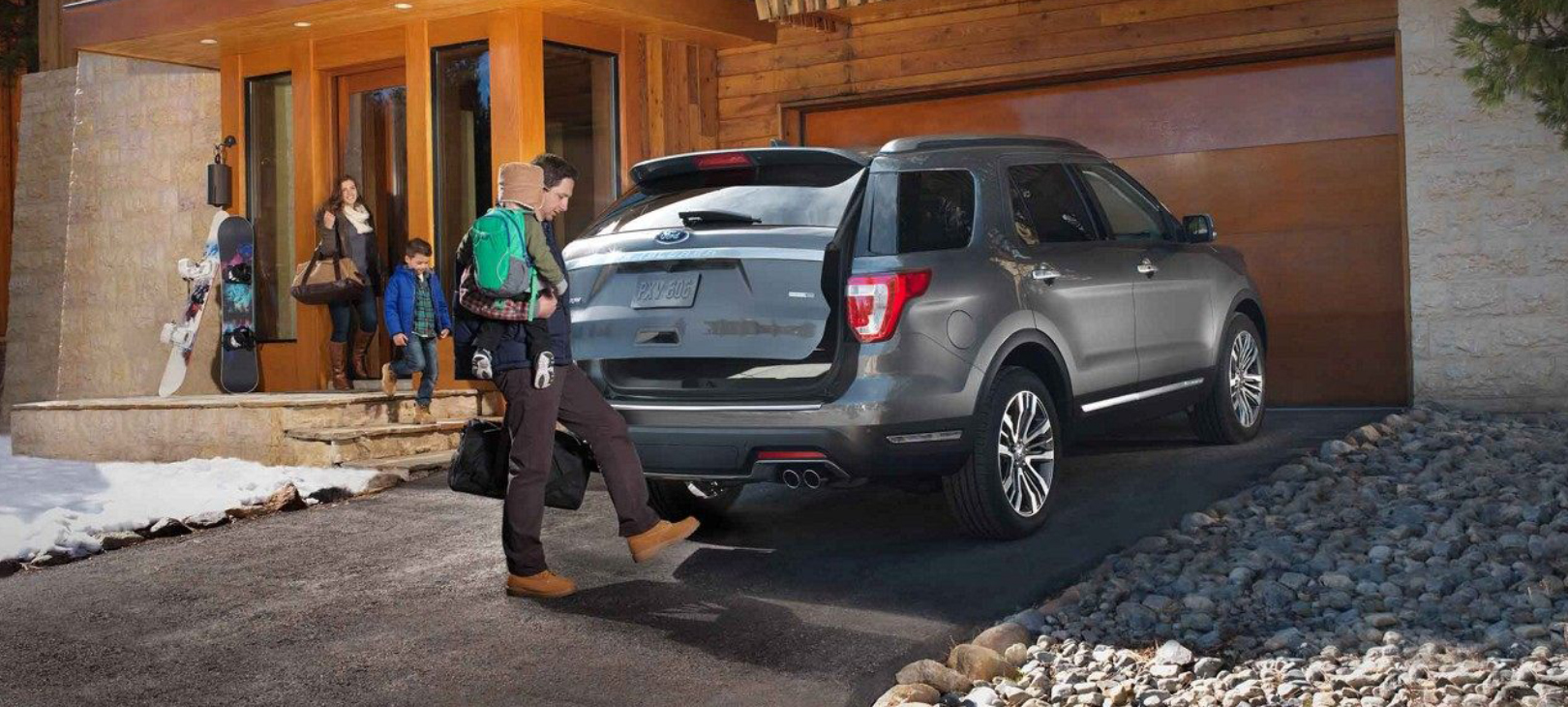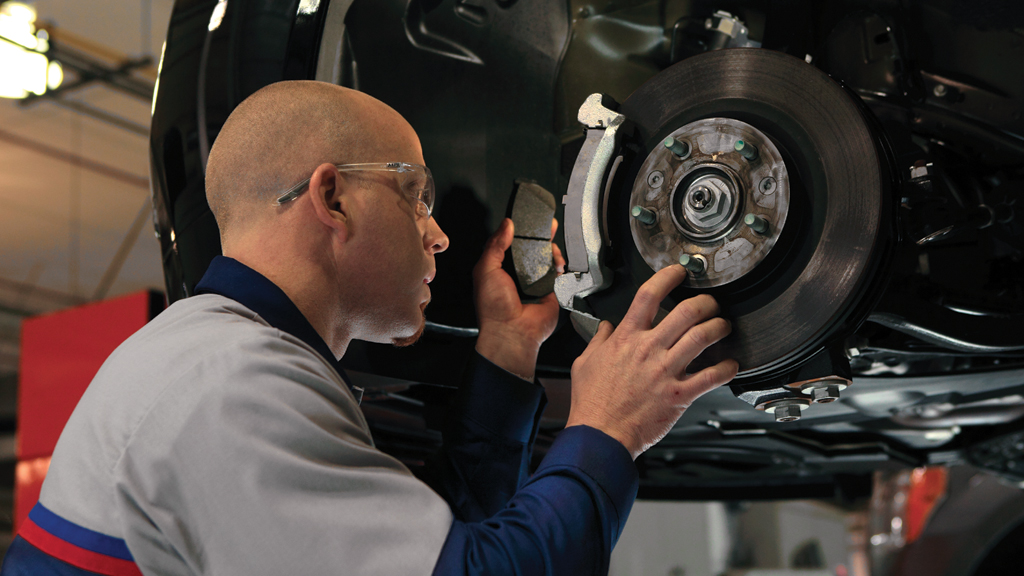Checking Your Car’s Battery is Easy as 1-2-3!
As we all know, car batteries have one of the toughest jobs in any car, truck or SUV as they have a lot of strain and wear placed on them on a daily basis.
Our Ford service team recommends if your vehicle is more than three years old OR if you notice any warning signs mentioned below, it may make sense to check your battery so you don’t get left stranded on a random road. And, don’t forget…you actually can have your battery test at your Ford Dealer Service Center, if you don’t want to follow the guide below.
*1. Watch for warning signs.
Batteries tend to let you know when they’re in trouble. Symptoms of a worn-out battery include a rotten-egg smell, which comes from leaks; a slow engine crank, which causes a whirring, chortling noise; and flickering dashboard warning lights. If you notice any of these occurrences, check your battery right away.
2. Take safety precautions.
First things first: If you smoke, put out that cigarette. The sulfuric acid in batteries generates highly flammable hydrogen gas. If you get any of this acid on your skin or clothes, make sure you flush it off immediately with water. Remove all jewelry. Then shut off the engine before working on the battery.
3. Keep it clean.
Using the proper size wrench, remove the cables from the battery terminal post, making sure to remove the negative (black) one first—or sparks could fly and you could short out your battery when the metal from your tool touches the car’s metal. Next, check to see if there are deposits on the terminal posts and cable clamps. If so, scrub them away with an old toothbrush, an inexpensive battery terminal brush or a steel wool pad. A mixture of baking soda and water can help loosen stubborn deposits. When you’re done, dry everything with a lint-free rag. Remember, immediately wash off any powdery deposit that makes contact with your skin.
4. Examine the battery and connectors.
Look at the cables and clamps. If they’re frayed or corroded, you may need to replace them; otherwise your battery might short-circuit. You can purchase Motorcraft replacement cables at local Ford Dealer Service Center. Bring in your old ones to make sure you get proper replacements. After you reconnect the terminals, lite coat them with automotive grease to prevent deposits from forming again.
5. Check for bloating and cracks.
When a battery is exposed to excessive heat or cold, flat sides of the battery case may swell or bulge. If you notice it’s swollen or bloated, get it replaced, because if you continue to use it, it might crack, releasing the acid onto the surrounding components.
You’ll also need to replace it, regardless of its performance, if you see major cracks in the case or any terminal damage. Do not attempt to replace the battery yourself if you see bloating or cracks in its case. Your battery contains dangerous acid and could endanger you and important components under the hood, so you should ideally get it towed to your nearest Ford Dealer Service Center.
6. Or just go to the pros.
If you want to save yourself time (and hassle), take your vehicle to a Ford Dealer Service Center, where a technician can check your battery on its own or as part of The WorksTM Vehicle Checkup Package. In any case, once your battery is in top shape, it will be able to handle more stress—allowing you to drive more confidently, no matter what conditions you encounter down the road.
*credit: myfordmag.com




